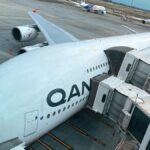
F.O.T: the Future Of Travel – PART #3 – Temperature testing and COVID-19 instant testing at Airports
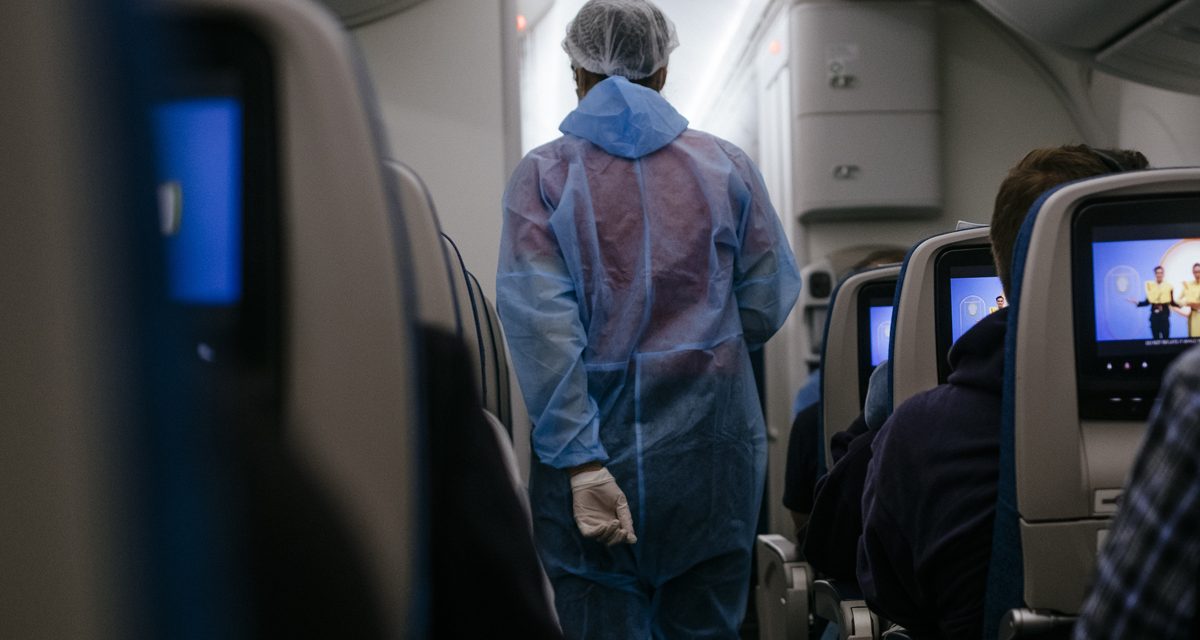
Series: Future of Travel
- F.O.T: The Future of Travel – Part #1 – Masks and Social distancing
- F.O.T: THE FUTURE OF TRAVEL – PART #4 & #5 – Say goodbye to the A380 and B747’s
- F.O.T: the Future Of Travel – PART #2 – Contactless payments post Pandemic
- F.O.T: the Future Of Travel – PART #3 – Temperature testing and COVID-19 instant testing at Airports
Content of this Post:
Travel protocols change
Can you remember air travel pre the 11th September 2001?
There were no body scans, no restriction on liquids, and no luggage x-ray scans.
9/11 changed that forever, and amidst the chaos, airports and governments developed screening protocols that we now take for granted. Sure they were clunky – and some still are, but with some good administration and improvements in technology, most Airports in most countries have worked out a very efficient system to screen passengers and luggage. On the downside, we also got the TSA in the USA that seems to have signed up for service, discretion, and capability bypasses.

We all now expect to take a while to get through security, lose a container that has one gram more than the allowed fluid capacity, or have to forfeit that pesky tiny pocket knife that some well-meaning supplier gave you at a trade fair, and you had forgotten it was in that side pocket of that bag that has been screened a thousand times, and now it shows up on the X-Ray?
My point is that it was a big imposition once, and now we just grin, grit teeth and bare it.
F.O.T. Prediction
#3 Airport Testing – Just like after 9/11, COVID-19 will forever change our air travel routine. Temperature testing and more probably COVID-19 blood testing will be a pre-flight requirement for international travel.
m
COVID-19 will change the way we transit the airport
Gritted teeth and grin, get ready . . .
First, there will be social distancing. Can’t wait to see what queuing device they come up with that will ensure there are 1.5 to 2 metres between each of us. Tensator is already on it:
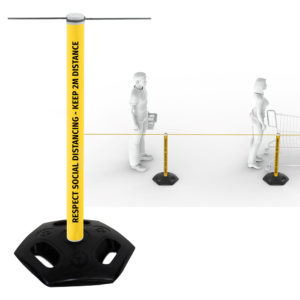
.
Secondly, there will be a testing regime. Either temperature, or a COVID-19 test.
Temperature Testing
This would be the easiest to implement. Anyone who travelled in China during the swine flu era in 2009 will remember having laser ‘guns’ pointed at you on planes and in airports by PPE clad authorities, with no explanation in English. If you were lucky, you might have even seen some poor sod commandeered off the plane because their temperature was too high. I remember we took a couple of antipyretic panadol before each flight – just in case.
Given the availability of temperature reducing drugs, and the myriad other reasons you might be a bit hot and bothered while travelling, is Temperature Testing effective?
The WHO had the following to say about temperature testing back on 29 February 2020:
‘Temperature screening alone, at exit or entry, is not an effective way to stop international spread, since infected individuals may be in incubation period, may not express apparent symptoms early on in the course of the disease, or may dissimulate fever through the use of antipyretics; in addition, such measures require substantial investments for what may bear little benefits. It is more effective to provide prevention recommendation messages to travellers and to collect health declarations at arrival, with travellers’ contact details, to allow for a proper risk assessment and a possible contact tracing of incoming travellers.’
29 February 2020, WHO, COVID-19 Travel Advice
So it ain’t the answer, but it may be part of the answer. It also looks like your airline or airport authority is being responsible – which might be as important.
COVID-19 Rapid Blood Testing
This, I think will be where it’s at. A rapid blood test providing results in 10 minutes, is probably what we will face at airports, when we enter, and maybe when we exit. You’ll get a certificate to certify the testing and results, so you can show authorities at the next border.
These tests are already being conducted at Dubai Airport by clinicians contracted by Emirates for departing passengers to Morocco, where a certificate declaring your COVID-19 free status is required for entry into the Kingdom. These Rapid Blood tests look for two antibodies to the virus, and are regarded as not as reliable as the more standard swab test, which tests for the genes of the virus, but takes a lot longer to complete. With this form of testing taking – like 10 to 12 hours to get a result, it’s not really practical to conduct at airports.
There is a middle road here – the Rapid COVID-19 test uses a PCR test (a nasal swab Polymerase Chain Reaction – since you asked) which can return result in about 45 minutes. This system is currently being rolled out for remote communities in Australia, but it could be adapted for uses elsewhere – like at Airports.
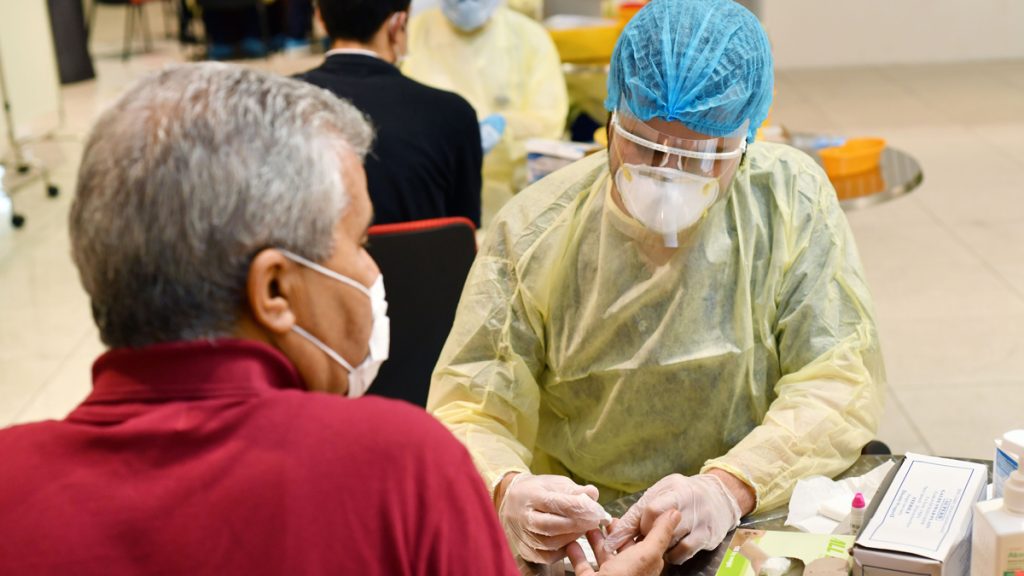
2PAXfly Takeout
This is another timely reminder to wear your seatbelt when seated. Holding you close to your seat will protect you from the sort of injuries sustained on this flight, when unsecured passengers flew to the ceiling of the aircraft, and then came crashing down once the ‘drop’ ceased.
The hope will be that this is an anomaly – a ‘freak accident’ in casual parlance. If it is a systemic error either mechanical or electronic, then this is a larger concern for the airlines that fly Boeing Dreamliner 787 aircraft. Let’s hope it isn’t. If it is, it will pile on the woes to Boeing’s existing stack.
So that’s what I am predicting. There might be Temperature Testing, but that won’t be effective without other measures that include social distancing and contact tracing. However, it will reinforce the message that the travel industry, airlines and airports are mindful of the risks of COVID-19 and are doing something about it.
More useful will be some kind of rapid blood or nasal swab testing at the point of entry to an airport. This is doable now, although I don’t know what the economics of it will be. There will be improvements, just as there was with scanning technology, which will reduce the cost, and increase efficiency.
Expect to add another hour to the time you need to be at the airport before you catch your flight!

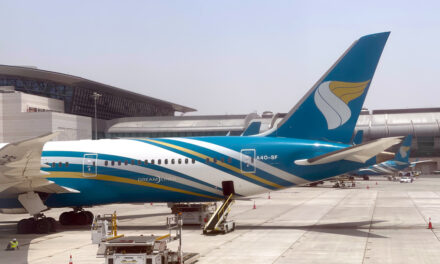
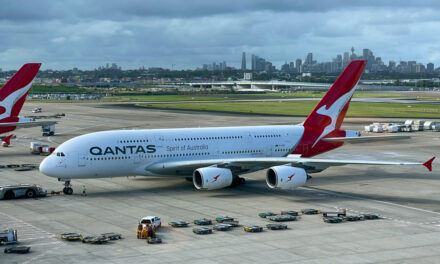






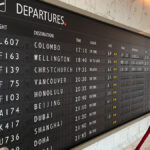
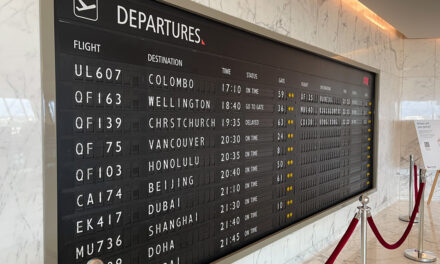


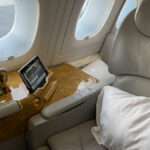
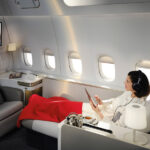

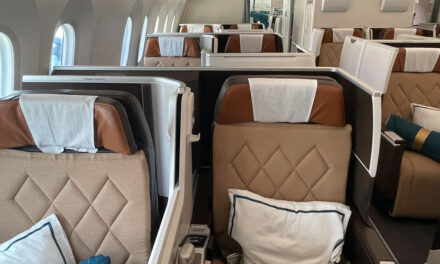
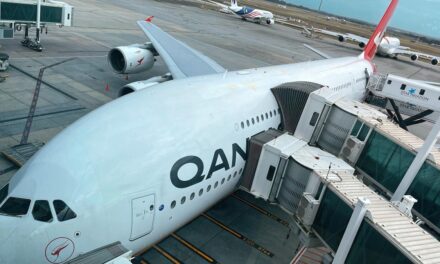




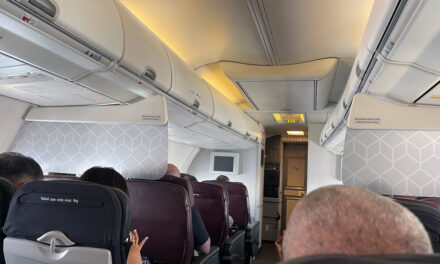






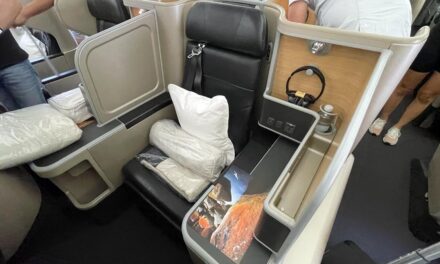

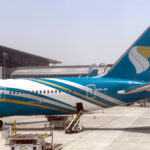

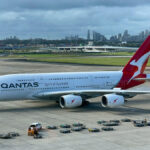



What did you say?